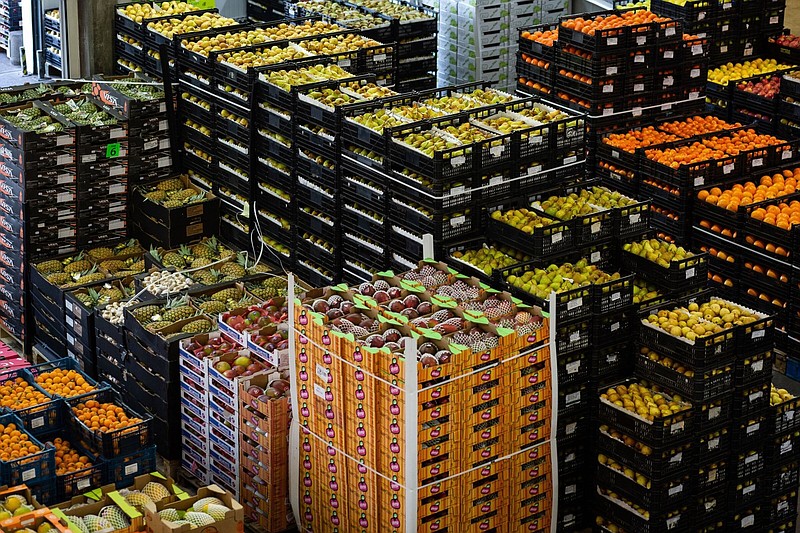Global food prices dropped in June from near a record amid prospects for fresh supplies and fears about a recession, potentially offering some respite to strained households.
A United Nations index of world food costs slipped 2.3% last month. While it will take time to filter through to grocery stores, it could be good news for consumers who are also being squeezed by high prices of everything from energy to motor fuel to clothing.
Food prices had already climbed during the pandemic, and spiked even higher after the start of the war in Ukraine stifled grain exports from the country known as the breadbasket of Europe. But agricultural prices have eased lately as Northern Hemisphere harvests start and worries about an economic slowdown weigh on commodities.
Last month's decline in the U.N.'s food gauge was the third straight retreat, the Food and Agriculture Organization said on Friday. However, the index is still up 15% this year and the recent drop hasn't been as sharp as the slide seen in crop futures, indicating that consumers are still feeling the pinch.
While grains, vegetable oils and sugar drove June's drop in the U.N. food index, dairy prices rose and meat costs hit a fresh record because of tight chicken supplies amid the war in Ukraine and bird-flu outbreaks in some countries, the Food and Agriculture Organization said.
"In the rest of the year, I believe that prices will come down slightly, but not by a significant enough margin to make an impact on retail prices," Food and Agriculture Organization economist Upali Galketi Aratchilage said in an interview. Food prices could ease if a recession weakens fuel demand, he said.
Corn, wheat and palm oil futures tumbled at least 18% last month on worries that an economic slowdown will crimp demand for commodities.
On the supply side, wheat availability should rise with harvests underway in the U.S. and Europe, while American farmers are planting more corn than expected. Palm oil giant Indonesia is ramping up exports after a recent ban.
Still, any drop in crop prices may offer limited relief for now. The U.N. index tracks export prices for raw goods and excludes retail mark-ups.
Food prices still remain very high and, along with expensive fuel, are contributing to a cost-of-living crisis that's led to worker strikes in some countries. A more sustained downturn in food prices will be needed to bring relief to strained consumers, Arif Husain, chief economist at the U.N.'s World Food Program, said in an interview this week.
"At the consumer level, if retail is still where it is and food inflation is still where it is, it doesn't help too much," he said.
Obstacles also remain over efforts to restart seaborne grain trade from Ukraine, which is trying to export as much as it can by rail and road. Ukraine's corn stockpiles could reach six times their prewar level, according to the Food and Agriculture Organization, which raised its outlook for global grain inventories partly because of that.
Wheat-crop prospects for this season have also dipped slightly because of dry weather in the European Union.
"The situation is still very challenging and daunting," Food and Agriculture Organization Director General Qu Dongyu said Wednesday. "Furthermore, more frequent and extreme climate events are disrupting supply chains, especially in low-income countries."

